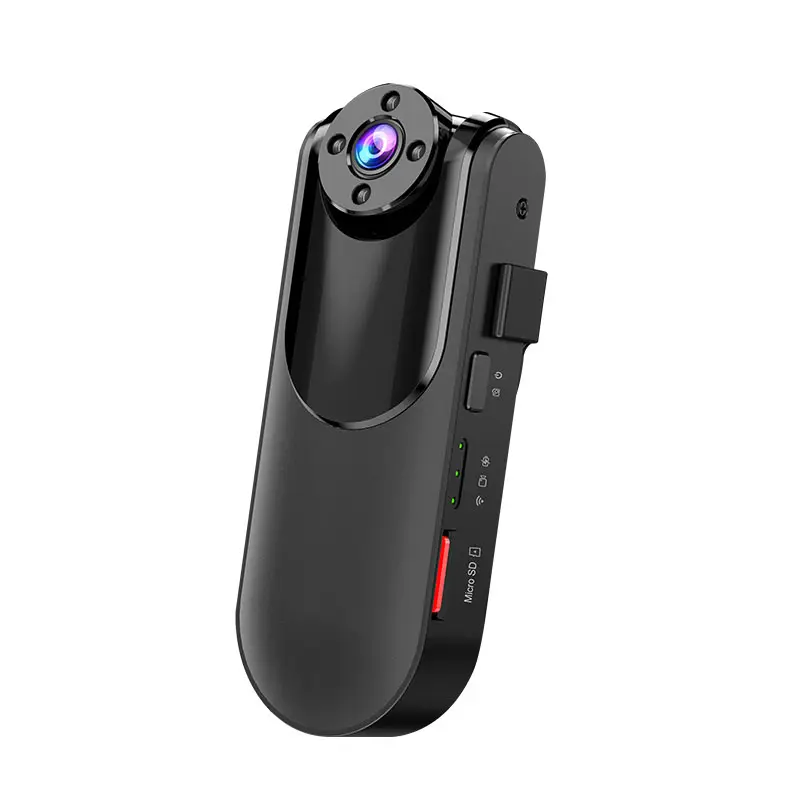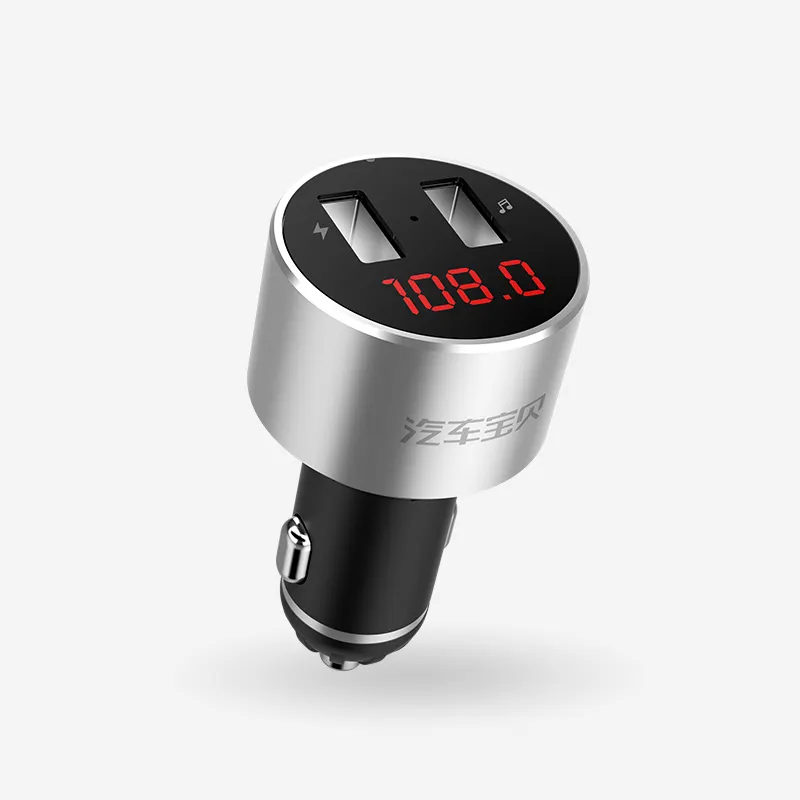How Teletrac Navman sits as the market for GPS-enabled fleet management and telematics splinters into subcategories from slap and track to OTR solutions to true enterprise asset management for construction equipment.
On a call recently, one IRONPROS editorial advisory board member said it succinctly: “These front- and rear-facing dash cams are becoming table stakes for fleet management solutions.” Mirror Mounted Dash Cam

Dash cameras are now an expected feature rather than a differentiator in GPS fleet management software. Teletrac Navman in August of 2023 announced their new intelligent IQ camera, which adds capabilities to an existing dash cam offering, other fleet management software vendors ranging from Tenna to Equipmentshare have introduced dash cams and others, like Geotab, extend their solution with partnerships to check this box.
As Teletrac Navman announced its IQ AI-powered dual-camera dash cam for its TN360 fleet management application, Teletrac Navman Head of Global Product Management & UX Mayank Sharma said there were some distinguishing ways the software used data from the unit and laid out differentiators for the fleet management product suite as a whole
“Yes, our competitors already have cameras,” Sharma said. “We also had cameras in the past, and we still have a range of cameras from what I would consider as entry level AI and, and sort of detection to more advanced and premium solutions. But the ones that we launched just now I'm very excited about is the single pane of glass experience our flagship product, TN360. In terms of the experience on the on the software side, we have a range of features that we can throttle up and down based on what the customers are looking for. And why single pane of glass matters is because now we are able to bring the video data where belongs. It's not a separate thing that the customers have to go into. They don’t need to download and watch a bunch of videos. We’re taking that footage and associating it in the software with harsh driving and where these events actually happened on the map.”
This may distinguish, if not the camera, the way the software leverages data from the camera and other sensors. Some competing products may not tie video and events captured in software as tightly, creating non-value-added work for management.
“What we're trying to do is bring the video not as a separate thing, but video as an additional data point for the for the fleet manager, along with the telematics unit along with the other types of data that we generate,” Sharma said. “So we are bringing the data into the context in which the customers actually use the data which is I think, pretty unique.”
The hardware itself is purpose-built for the construction environment in ways that go beyond simple ruggedization.
“You can attach side cameras if you needed to,” Sharma said. “It is rated for very harsh conditions on construction equipment, both from a temperature perspective, as well as dust, grime and vibration. It gets mounted on the middle of your windshield as most of the cameras do. And it has about a wide field of view to very easy to watch both the driver or the in the passenger. The outward camera can look to both sides of the engine bonnet. A lot of the construction trucks make it hard to see what's happening at the bottom of the road or near the near the wheel well, and the field of view that we have on this camera on the outward side addresses that.”
Another consideration is the amount of storage on a dash cam to buffer video during times a telematics unit is not able to upload data.
“In case you are a construction operator or mining operator that is operating in low cellular areas, we can support up to about a half a terabyte of storage on the camera itself,” Sharma said. “If you're operating for extended length in a local low-connectivity areas, you can use the onboard storage to store the videos and can offload them using the SD card.”
Teletrac Navman is in an interesting position in construction equipment fleet management software because while they do support on-road fleets, the overwhelming majority of their customers are using the product to track equipment on projects rather than on-road vehicles. This is evident in ways that extend well beyond the design of the IQ Camera. Teletrac Navman has been around since 1988, employs 900 globally and gets some percentage of their business referred from its parent company, Vontier.
While Teletrac Navman distinguishes itself from large horizontal players through its construction focus and from startups with its size and stability, the software functionality must carry its own weight.
“Finding out where your equipment is, is actually table stakes,” Sharma said. “Everybody wants to know that. And all providers offer that. So that's not a differentiator.”
Where Teletrac Navman seeks to differentiate is with strong functionality to support construction fleets in four areas.
Sharma characterized the software’s equipment maintenance capabilities as strong in preventive and scheduled maintenance, but is in early stages with prescriptive and predictive maintenance.
“We're not selling this predictive maintenance yet,” Sharma said. “But in terms of our professional services that we offer within the company, if the customer is partnered with us, you know, they're they've been with us for a while we have a professional services team that can address how do we take that data from from our telematics devices and run it through some AI and machine learning models. So we can predict things like the amount of vibration that is on a particular piece of machinery. If that vibration pattern actually changes, we can detect that through our machine learning and AI models. And we can actually talk to the customer to say, it looks like this particular piece of machinery has significantly degraded in the past three months or past nine months. So we should actually go and have a look at that.”
Fleet technology to manage fuel consumption and spend will need to change as construction fleets move to alternative sources of power including electricity and hydrogen. Teletrac Navman is also well-positioned to help here.
“We are part of the bigger company called Vontier, which is the largest provider of fuel dispensing solutions in the world,” Sharma said. “And there's a big conversation internally about sustainability, energy use and moving towards this mixed energy future. As we think about construction, going from purely diesel, or predominantly diesel to an alternate future, how can Teletrac help with that? Or how can Vontier help with that? And there's a lot of discussion internally about that, as well, that we are bringing some solutions out in the near future as well.”
Teletrac Navman is a fully integrated software-as-a-service (SaaS) application extended by proprietary devices that relay asset data to the software resides in the cloud. Different parts of the application reside on Amazon Web Services (AWS), Google Cloud and the Microsoft Azure Cloud.
This sophisticated cloud-agnostic approach means Teletrac Navman is less dependent on some of the utilities built into AWS than software vendors. The company can also house the application on servers in a given country for contractors or customers who are sensitive to such matters, but have not yet pursued FedRAMP compliance.
Teletrac Navman starts to become viable for contractors and other equipment-intensive businesses once they have between 75 or 100 or so pieces of equipment. Given the focus on larger fleets, device rollout tends to be phased. Very large nationwide fleets may present their own rollout schedule for Teletrac Navman to follow, including equipment currently deployed on construction sites.
“Within the site, we will have all of the assets covered,” Sharma said. “We would not have high priority assets versus low priority assets. I think if you if you're going to go and connect the site, we would actually go and connect the whole site in a single visit so that we can reduce downtime or disruption to their business. If you have to make multiple trips, it disrupts the customer's business and we try to avoid that.”

Dash Cam With Cabin Camera Contractors who want to know how much a Teletrac Navman fleet management solution will cost them can start at about $22 per month per asset but as much as $45 per month for more advanced compliance-related offerings. Sharma said the company relies on per-user and per-asset pricing, with the cool person discount coming with hundreds or thousands of assets.